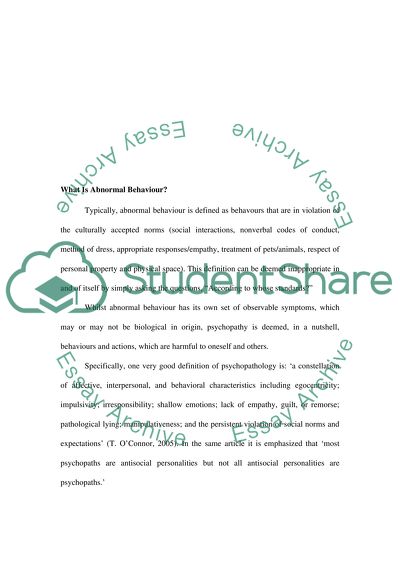Cite this document
(“Psychopathology and Addiction Essay Example | Topics and Well Written Essays - 2500 words”, n.d.)
Retrieved from https://studentshare.org/health-sciences-medicine/1499458-psychopathology-and-addiction
Retrieved from https://studentshare.org/health-sciences-medicine/1499458-psychopathology-and-addiction
(Psychopathology and Addiction Essay Example | Topics and Well Written Essays - 2500 Words)
https://studentshare.org/health-sciences-medicine/1499458-psychopathology-and-addiction.
https://studentshare.org/health-sciences-medicine/1499458-psychopathology-and-addiction.
“Psychopathology and Addiction Essay Example | Topics and Well Written Essays - 2500 Words”, n.d. https://studentshare.org/health-sciences-medicine/1499458-psychopathology-and-addiction.


